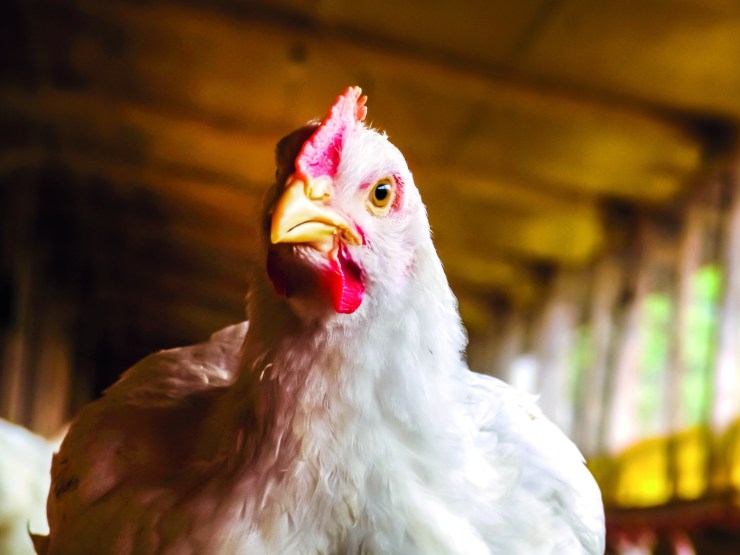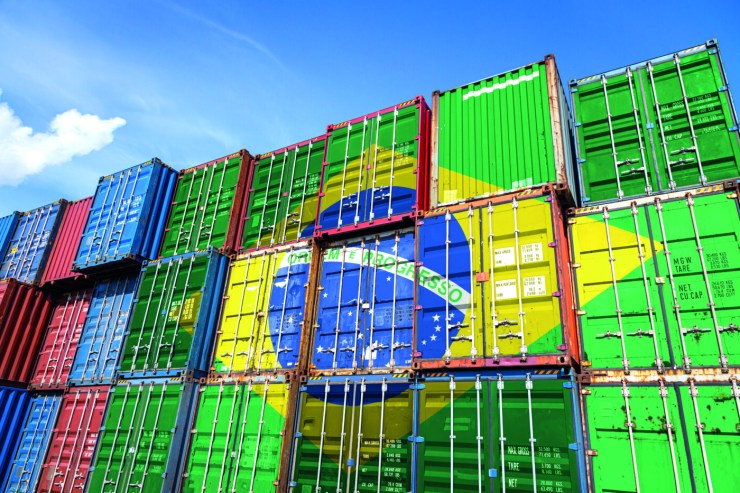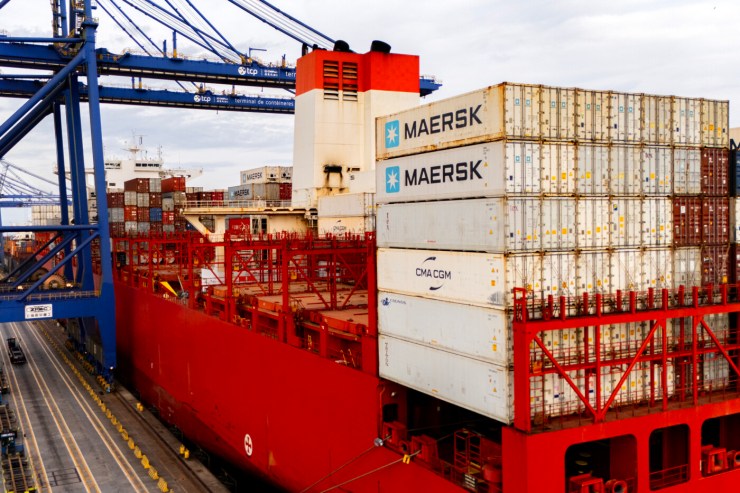Despite the uncertainties between the United States and China regarding trade tariffs, Minas Gerais’ agribusiness exports are doing very well, thank you very much. Once again, the data shows record breaking figures and keeps the sector increasingly ahead of mining in terms of sales abroad. In the first four months of this year, agriculture accounted for 46.8% of the state’s total exports. Revenue generated by the sale of agricultural products reached US$$ 6.5 billion, with an export volume of 5 million tons.

Photos: Claudio Neves
This result consolidates the best result for the period in the historical series, which began in 1997. Compared to the same period in the previous year, there was a growth of 26% in revenue, although the volume registered a reduction of 6.2%. The survey organized by the State Secretariat of Agriculture, Livestock and Supply of Minas Gerais (Seapa) also indicates that there was an appreciation in the average price of agricultural commodities per ton – an increase of approximately 34%.
Based on data from the first four months of the year, and considering seasonal behavior and price trends, the estimate is that Minas Gerais will close 2025 with agricultural exports between US$19.5 and US$15.5 billion – which consolidates the state as one of the largest agro-export hubs in Brazil. However, caution is needed, as Secretary Thales Fernandes explains: “We will have a better estimate after the end of the first half of the year, in July. This turning point in the agricultural calendar is crucial for assessing the behavior of crops during the off-season, as well as the impacts of extreme weather variations, port logistics, geopolitical conflicts and fluctuations in the prices of inputs and international freight,” explained the Secretary.
In any case, we remain the third largest exporter of agricultural products in Brazil, behind only Mato Grosso and São Paulo. The capillarity of agricultural production is reflected in the 160 international destinations that received products from Minas Gerais during this period. Among them, the highlights are China (23%), the United States (13%), Germany (9%), Italy (6%) and Japan (5%).
Highlights
Coffee continues to be the main exporter, reaching US$1.5 billion in revenue and a volume of 10 million bags sold. There was an increase of 70% in value and a reduction of 3% in volume, compared to the four months of the previous year. This decrease in volume is a result of the off-season period, which reduces the availability of the grain. Even so, the commodity was responsible for 60% of the total revenue of Minas Gerais' agribusiness.

Photo: Daiane Mendonca
Soybean, represented by grains, meal and oil, recorded revenue of US$1.1 billion and a volume of 2.9 million tons; however, there was a drop of 9% in value and a modest increase of 0.7% in volume. Analyzing in isolation, the April figures are positive and indicate a recovery in the sector, but prices remain under downward pressure, a consequence of the trade war between the United States and China and also due to the beginning of the grain planting in the United States.
Eggs continue to be in high demand, with an increase of 495% in value. There were US$ 6.6 million in revenue and 278% in volume, totaling 3 thousand tons, confirming the upward trajectory in the international market. Much of the growth is due to the intensification of demand from the United States, which is facing a significant crisis in the poultry sector due to recurring outbreaks of avian influenza.
Meat exports increased in revenue and volume on all three fronts: beef, pork and chicken. In total, there was an increase of 21.4% in revenue, totaling US$$ 533 million and 158 thousand tons shipped abroad. The main item in the segment, beef, totaled US$$ 374 million and 78 thousand tons shipped, with increases of 19% and 8% in revenue and volume, respectively. The United States, the 2nd largest buyer (behind only China), continued to acquire significant volumes of the protein, with growth of up to 195% compared to the previous period.
Pork continues to grow in importance in the protein agenda. Sales totaled US$1.5 billion, with a volume of 11 thousand tons, with all countries increasing their purchases. The Philippines stands out, despite being a newcomer, but ranked 4th on the list of main buyers, accounting for approximately 101.4 billion tons of shipments. Chicken totaled US$1.5 billion, with a volume of 66 thousand tons. Exports grew by 171.4 billion in revenue and 101.4 billion in volume, with sales to China and a new destination, the Netherlands, standing out.
Other products

In this four-month period, forestry products (composed of pulp, paper and wood) surpassed the revenue of the sugar-alcohol complex and established themselves as the 4th largest group of products exported by agribusiness. Revenue was US$1.5T 339 million and volume was 559 thousand tons.
The change was due to the significant decline in sugar and ethanol products during the period analyzed. There was a drop of 42.5% in the exported value and 38% in the volume shipped, totaling US$ 334 million and 711 thousand tons. This performance largely reflects the impacts of recent weather conditions. The increase in temperatures, combined with more spaced and poorly distributed rainfall throughout the production cycle, compromised the development of sugarcane, the main raw material in the chain, causing a reduction in the supply of both sugar and ethanol, directly affecting the competitiveness and commercial performance of the sector in the foreign market.





